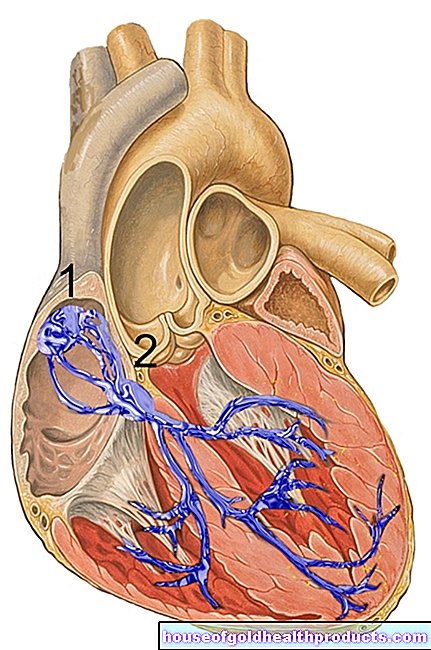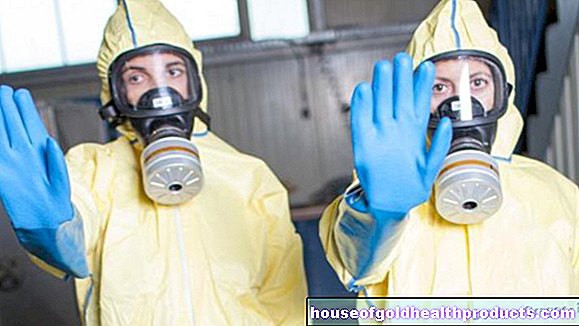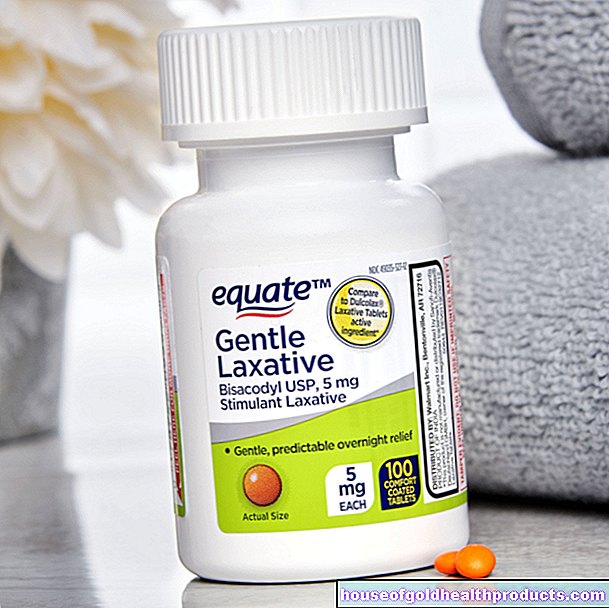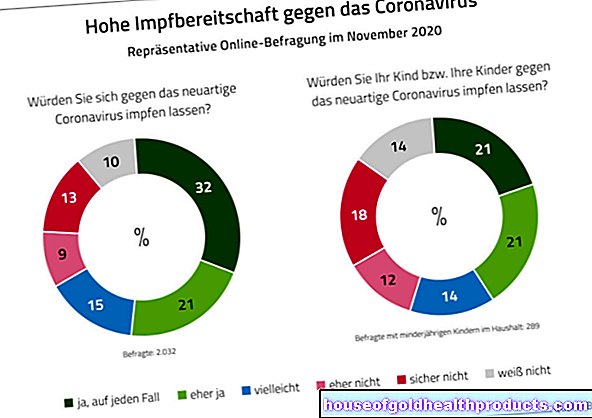Contact allergy
Mareike Müller is a freelance writer in the medical department and assistant doctor for neurosurgery in Düsseldorf. She studied human medicine in Magdeburg and gained a lot of practical medical experience during her stays abroad on four different continents.
More about the experts All content is checked by medical journalists.In the case of a contact allergy (allergic contact dermatitis, allergic contact eczema), the skin has an allergic reaction to certain substances that come into contact with it. It is reddened, itchy and wet in the affected areas. In addition, bubbles can form. Certain ointments can reduce the discomfort. Read everything you need to know about the causes, symptoms and treatment of a contact allergy.
ICD codes for this disease: ICD codes are internationally recognized codes for medical diagnoses. They can be found, for example, in doctor's letters or on certificates of incapacity for work. L23

Contact allergy: description
Contact allergy is an excessive reaction of the immune system to a certain substance that has come into contact with the skin. The affected areas of the skin are allergic, they become inflamed and itchy.
Contact allergy is relatively common. About eight percent of adults in Germany are affected - women more often than men.
The contact allergy is a so-called delayed type IV or late type allergy. It is characterized by the fact that the symptoms only appear 24 hours to three days after contact with the allergen. Nickel is the most common contact allergen. But other metals, plants or fragrances can also trigger a contact allergy.
What happens if you have an allergy?
In the case of an allergy, the body's own defense system is directed against substances that are actually harmless. These can be vegetable or animal proteins, but also inorganic substances such as metals. When such substances, which are harmless in themselves, trigger a hypersensitivity reaction in the immune system, they are referred to as allergens. The body tries to fight the supposedly dangerous substance with specific defense substances (antibodies). This also leads to the release of messenger substances, which trigger inflammatory reactions and allergy symptoms.
Contact allergy: symptoms
A contact allergy manifests itself in changes in the skin that occur about one to three days after skin contact with the allergen. The following symptoms may appear at the points where the skin came into contact with the allergenic substance:
- Reddening of the skin (erythema)
- Swelling (angioedema)
- oozing blisters
- Wheal formation
- Crusting or flaking
- Itching or burning
If skin contact persists for a long time, chronic contact eczema develops: the skin becomes coarser, keratinized and forms grooves (lichenification).
Contact allergy: causes and risk factors
Any substance that occurs in the environment can theoretically cause a contact allergy. However, the most common contact allergens are:
- Metals (e.g. nickel in jewelry, zippers, buttons)
- Fragrances (e.g. in perfumes, soaps, cosmetics)
- Preservatives
- Plants (e.g. chamomile, mugwort, arnica)
- essential oils (e.g. lemon or peppermint oil)
- Cleaning agents (e.g. plasticizers)
- Latex (e.g. as latex gloves)
Some factors can increase your risk of developing an allergy. These include genetic predispositions, environmental pollutants, a high-fat diet, smoking and alcohol, and excessive hygiene.
Contact allergy: examinations and diagnosis
In order to be able to diagnose "contact allergy", the doctor must first take the medical history (anamnesis). For example, he asks the patient:
- When did the symptoms first appear?
- Are the symptoms limited to one area of skin?
- Is there anything that can alleviate the discomfort, for example by avoiding certain items of clothing or jewelry?
- Are you already aware of any allergies?
Then the doctor examines the relevant skin areas more closely. He then carries out a patch test to identify possible allergens. A sample of the allergenic substances in question is applied separately to the patient's back and covered with plasters. After one or two days, the doctor removes the plaster and checks whether one of the substances applied has actually caused a local over-sensitivity reaction of the skin (reddening, wheal formation).
Exclusion: Toxic contact dermatitis
In contrast to allergic contact dermatitis, skin changes in toxic contact dermatitis are not caused by an allergic reaction, but by toxic substances such as acids or alkalis. For example, detergents can cause toxic contact dermatitis on the hands. The skin changes are very similar to an allergic reaction, which the doctor must take into account when making a diagnosis.
Contact allergy: treatment
A contact allergy cannot be completely cured. The sensitization of the immune system to the respective allergen usually lasts for a lifetime. But you can try to avoid skin contact with the allergen. If this is not (always) possible, at least the symptoms of contact allergy can be alleviated with medication or UV therapy. In addition, affected areas of the skin should be cleaned well to promote the healing process. Moisturizing and care products help the skin to rebuild. We recommend moisturizing creams, oils or baths.
Medication
If necessary, an ointment containing cortisone can be applied to the skin. Cortisone inhibits the excessive immune response and thus alleviates the inflammatory reaction in the skin. The type of cortisone and the duration of use must be carefully weighed by the doctor against the known side effects of the treatment: With prolonged use, cortisone can, among other things, make the skin thinner and blotchy. Therefore, cortisone-containing preparations should only be applied to small areas of the skin for a short time.
If the topical application of the ointments does not bring the desired success in the case of a contact allergy, the doctor may also prescribe cortisone-containing tablets to be taken in some cases. Here, too, the following applies: It should only be used for a short time and under medical supervision because there is a risk of significant side effects.
For chronic hand eczema, the doctor can prescribe the active ingredient alitretinoin (structure similar to vitamin A) to be taken. It has anti-inflammatory and regulating effects on the immune system. Because of its teratogenic effects, women of childbearing age must use effective contraception during treatment and for four weeks afterwards.
UV therapy
With chronic eczema (especially with chronic hand eczema), UV therapy (form of light therapy) can help. Either radiation with UV-B light (UVB therapy) or radiation with UV-A light in combination with the active ingredient psoralen (PUVA therapy) is used. Psoralen can be ingested or applied topically to the skin.
Avoid contact with allergens
People with a contact allergy should avoid the allergenic substance as much as possible. If necessary, you can protect the skin with special clothing and gloves, for example if you are allergic to cleaning agents. Sometimes, however, certain activities, for example at work, have to be omitted entirely.
If you have a work-related contact allergy, you should contact the company doctor or the employer's liability insurance association. In such cases, professional dermatological advice is possible. In some cases, a contact allergy is also recognized as an occupational disease.
Contact allergy: disease course and prognosis
A contact allergy usually lasts for a lifetime.The symptoms can be milder or more severe, depending on which allergens the person concerned reacts to, how strongly the immune system has been sensitized and how long the contact with the allergenic substance lasts. If the triggering substances are avoided, symptoms often go away on their own within two to three weeks.
If a contact allergy persists for a long time, the affected areas of the skin can be infected by fungi or bacteria. The skin then becomes warm, red or swollen and painful. Depending on the pathogen, an infection is treated with antimycotics (against fungi) or antibiotics (against bacteria).
Contact allergy: can it be prevented?
A contact allergy usually occurs without warning, and there is no prophylaxis. However, you can generally reduce the risk of allergies. It is known, for example, that breastfed infants are less likely to suffer from allergies. If children grow up in households with animals, this also lowers their risk of developing allergies such as contact allergies.
Tags: book tip elderly care laboratory values




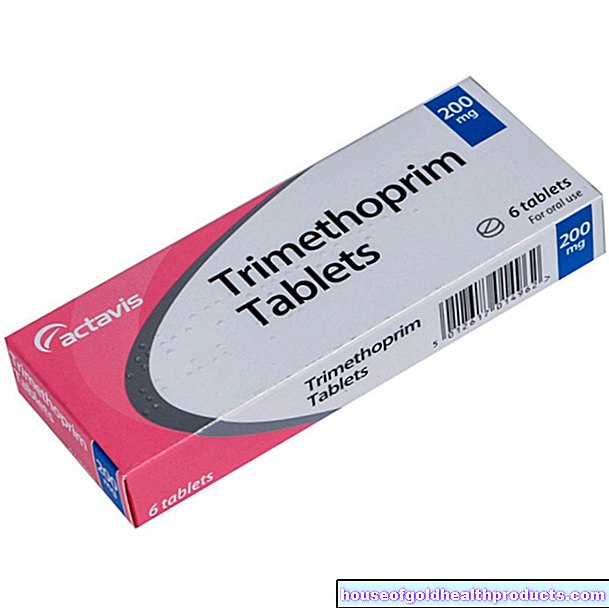




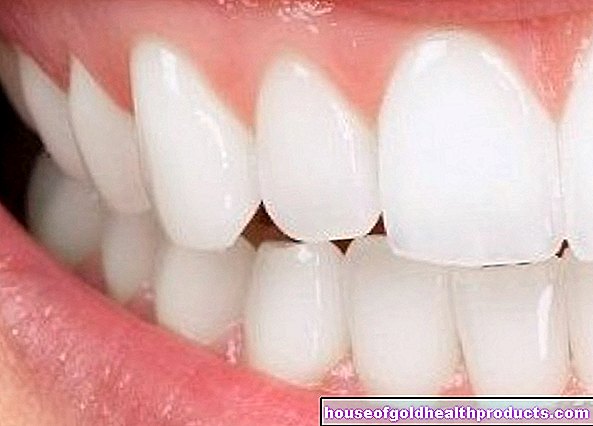
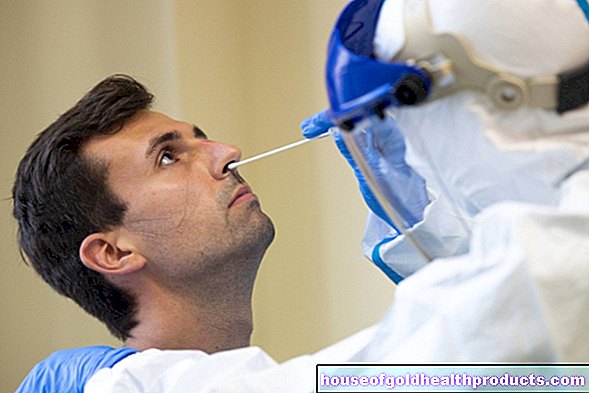
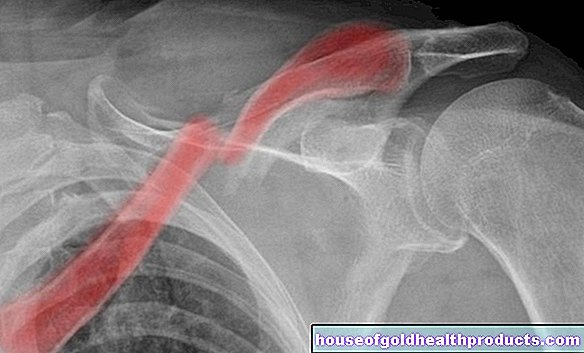
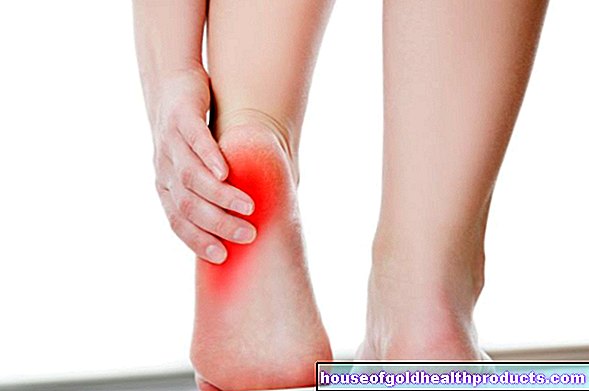

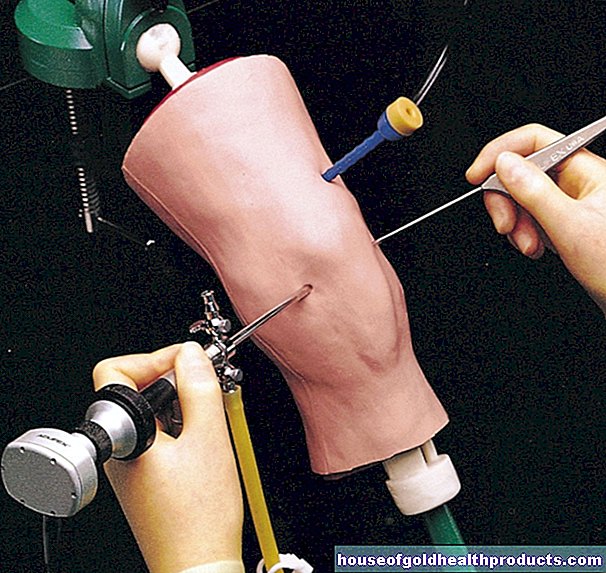



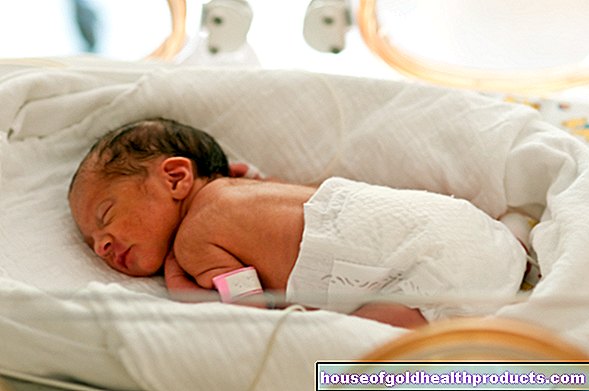
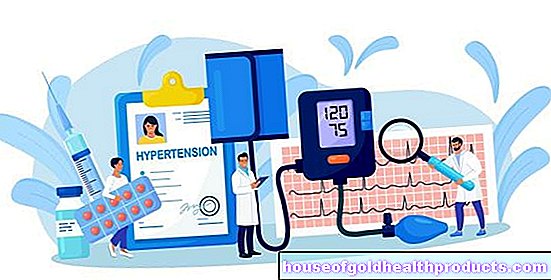
.jpg)


